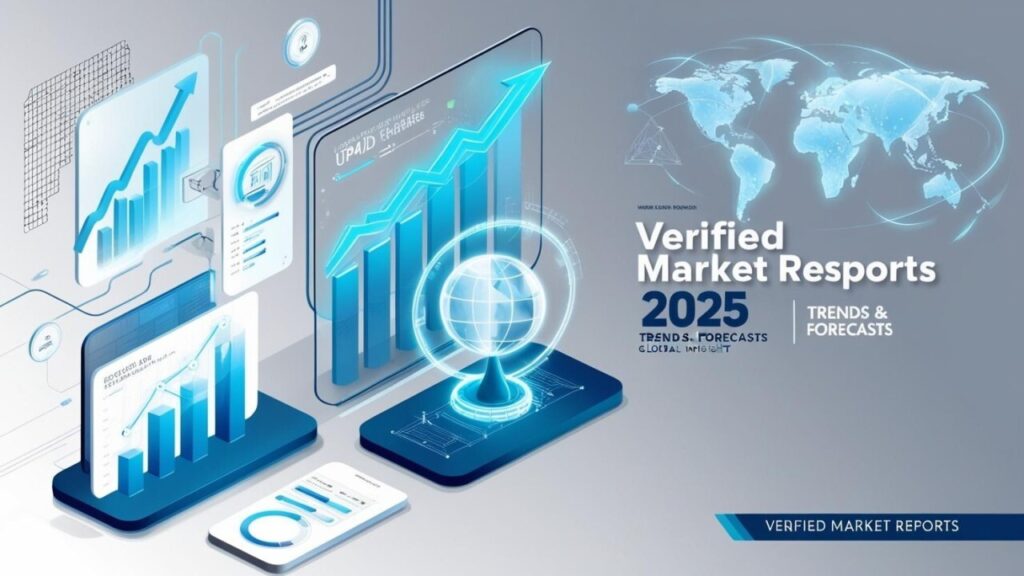As organizations increasingly rely on cloud-based applications and remote workforces, traditional network security models are struggling to keep pace. The rise of mobile employees, branch offices, and the growing complexity of cyber threats has created a need for a more agile and comprehensive approach to network security. Businesses are seeking solutions that not only safeguard sensitive data but also guarantee consistent performance and seamless access, regardless of the users’ or applications’ locations. This shift in priorities has accelerated the adoption of innovative frameworks designed to unify networking and security into a single, manageable architecture.
One of the leading frameworks gaining momentum is the Secure Access Service Edge (SASE). By combining networking and security functions into a cloud-delivered service, SASE solutions enable organizations to consistently enforce security policies, reduce latency, and simplify management across distributed environments. Companies leveraging SASE solutions can achieve better visibility into network traffic, streamline access control, and respond more effectively to emerging threats. As a result, SASE is becoming a critical strategy for organizations seeking both robust security and optimized performance in today’s dynamic digital landscape.
Surge in Remote and Hybrid Work Models
The workforce revolution has fundamentally transformed how, when, and where employees operate. Today, a considerable majority of organizations are embracing remote and hybrid work arrangements, which challenge legacy security frameworks to keep pace with increasingly dynamic demands. SASE provides a comprehensive, unified solution that enables secure and seamless access to company resources irrespective of physical location, device type, or network used. As employees require frictionless connections to internal systems, SaaS applications, and cloud-based resources, SASE architectures help minimize cybersecurity vulnerabilities while maintaining consistent performance. Moreover, SASE empowers IT teams to enforce granular security policies, monitor user activity, and adapt to evolving threats, all without sacrificing productivity or user experience, making it a crucial foundation for modern, flexible work environments.
Emphasis on Zero Trust Security
Zero Trust security, once a buzzword, is now a critical pillar within modern organizations’ security models. The core principle—“never trust, always verify”—addresses the challenge of increasingly sophisticated cyber threats and insider risks. SASE frameworks integrate Zero Trust Network Access (ZTNA), enforcing authentication and authorization every time a user or device requests access. This approach strengthens corporate defenses by ensuring no implicit trust exists, thereby reducing lateral movement and potential breaches. Industry reports emphasize that Zero Trust adoption can significantly reduce attack surfaces, particularly when combined with real-time security analytics, as enabled by SASE platforms.
Accelerated Cloud Migration
Enterprises are rapidly adopting cloud solutions to support scalability, cost efficiency, and operational flexibility. However, as workloads move to public and private cloud environments, the need for consistent, integrated security grows. SASE offers a cloud-native framework that converges network and security-as-a-service functions—such as Secure Web Gateways (SWG), Cloud Access Security Brokers (CASB), and Firewall as a Service (FWaaS)—to protect cloud applications and sensitive data. This seamless integration empowers businesses to deploy applications safely and manage policies centrally, ensuring high levels of data privacy and compliance with evolving industry standards.
Integration of AI and Automation
Artificial Intelligence and automation are significantly transforming how organizations detect and respond to cyber threats within SASE platforms. By leveraging advanced behavioral analytics, sophisticated machine learning algorithms, and automated policy enforcement mechanisms, SASE solutions can accurately identify anomalies, effectively thwart malicious attacks, and rapidly respond to security incidents in real time with minimal human intervention.
Regulatory Compliance and Data Sovereignty
The regulatory landscape for data privacy and protection continues to evolve globally, posing a challenge for enterprises to comply with regional mandates while maintaining efficient operations. In regions such as the European Union and the Asia-Pacific, strict requirements regarding data storage, sovereignty, and transfer are driving the demand for SASE solutions that can localize data and enforce granular policies. SASE’s ability to provide visibility and control across multi-cloud environments helps businesses meet GDPR, CCPA, and other regulatory standards, thereby minimizing legal risk and supporting cross-border collaboration.
Market Growth and Vendor Consolidation
The SASE market is experiencing sustained, double-digit growth as digital transformation continues to accelerate. Industry consolidation is boosting solution maturity, as leading vendors integrate comprehensive networking and security tools into unified platforms, simplifying procurement and deployment for enterprise buyers. Consolidation is expected to drive innovation in functionality, user experience, and scalability, providing customers with more intuitive and cost-effective security solutions.
Focus on Small and Medium-Sized Enterprises (SMEs)
SMEs face unique challenges in managing security across distributed networks with leaner IT teams and tighter budgets. Managed SASE services are gaining popularity among this group, offering enterprise-grade protection and simplified operations through a subscription-based model. As technology providers tailor solutions to the needs of smaller organizations, SASE adoption is democratizing access to advanced security, reducing barriers, and equipping SMEs to withstand the evolving cyber threat landscape.
Conclusion
Secure Access Service Edge is rapidly emerging as the cornerstone for modern cybersecurity and network management. Catalyzed by the surge in remote work, demand for Zero Trust, accelerated cloud adoption, advancements in AI and automation, regulatory pressures, and SME needs, SASE offers a forward-looking solution to complex digital challenges. With its holistic approach and flexible deployment models, SASE will continue to shape the future of secure digital transformation and business resilience.
